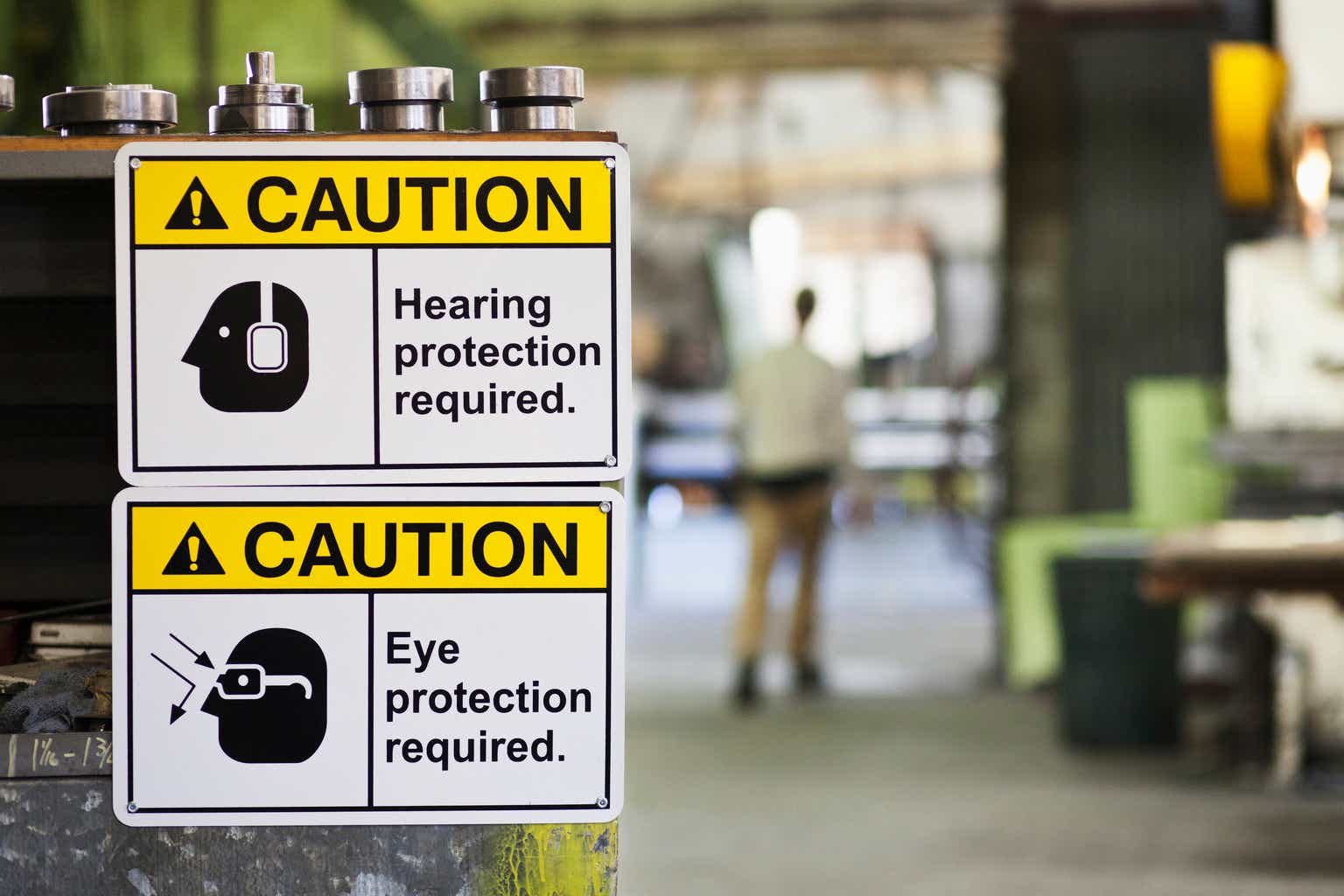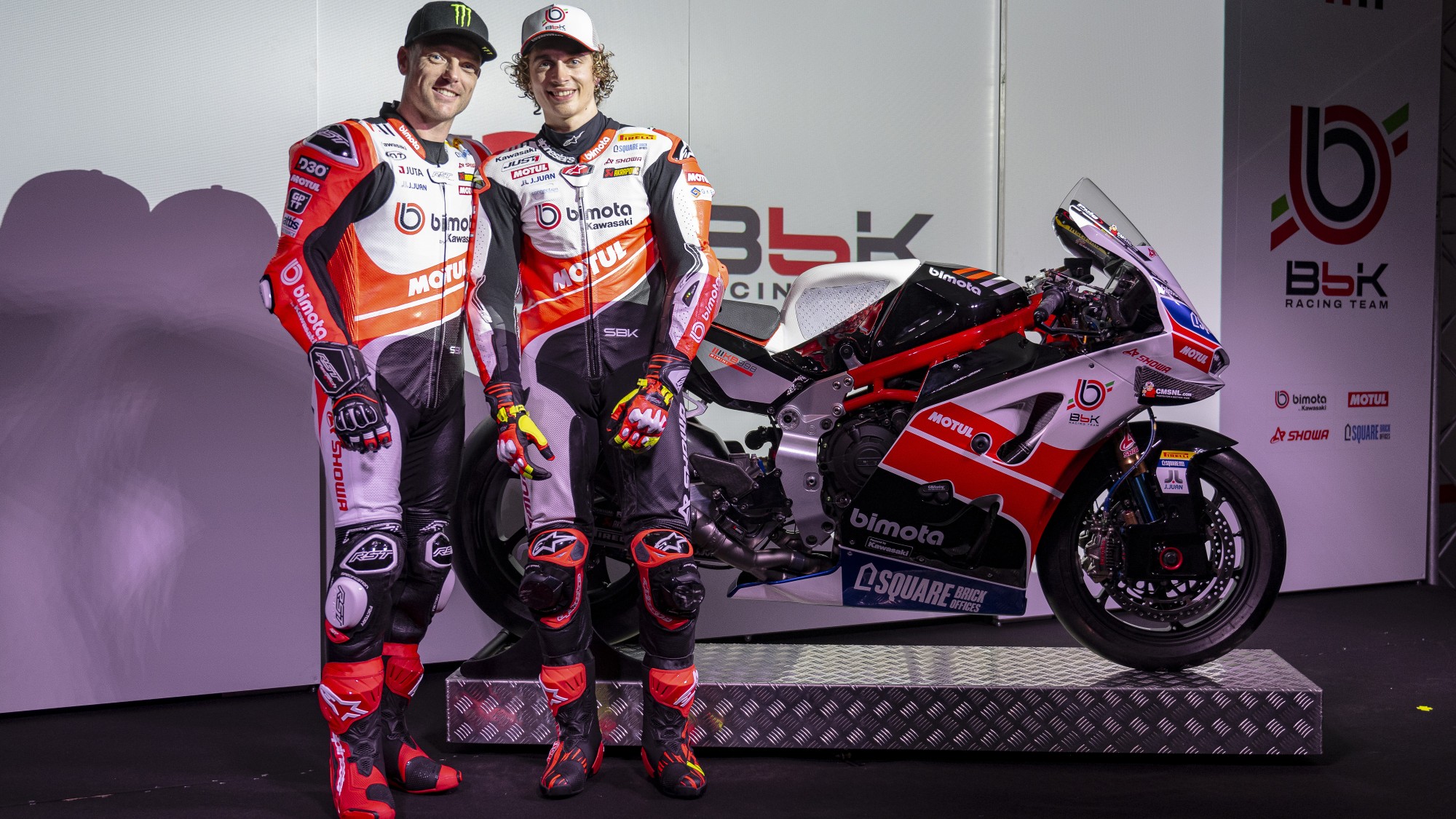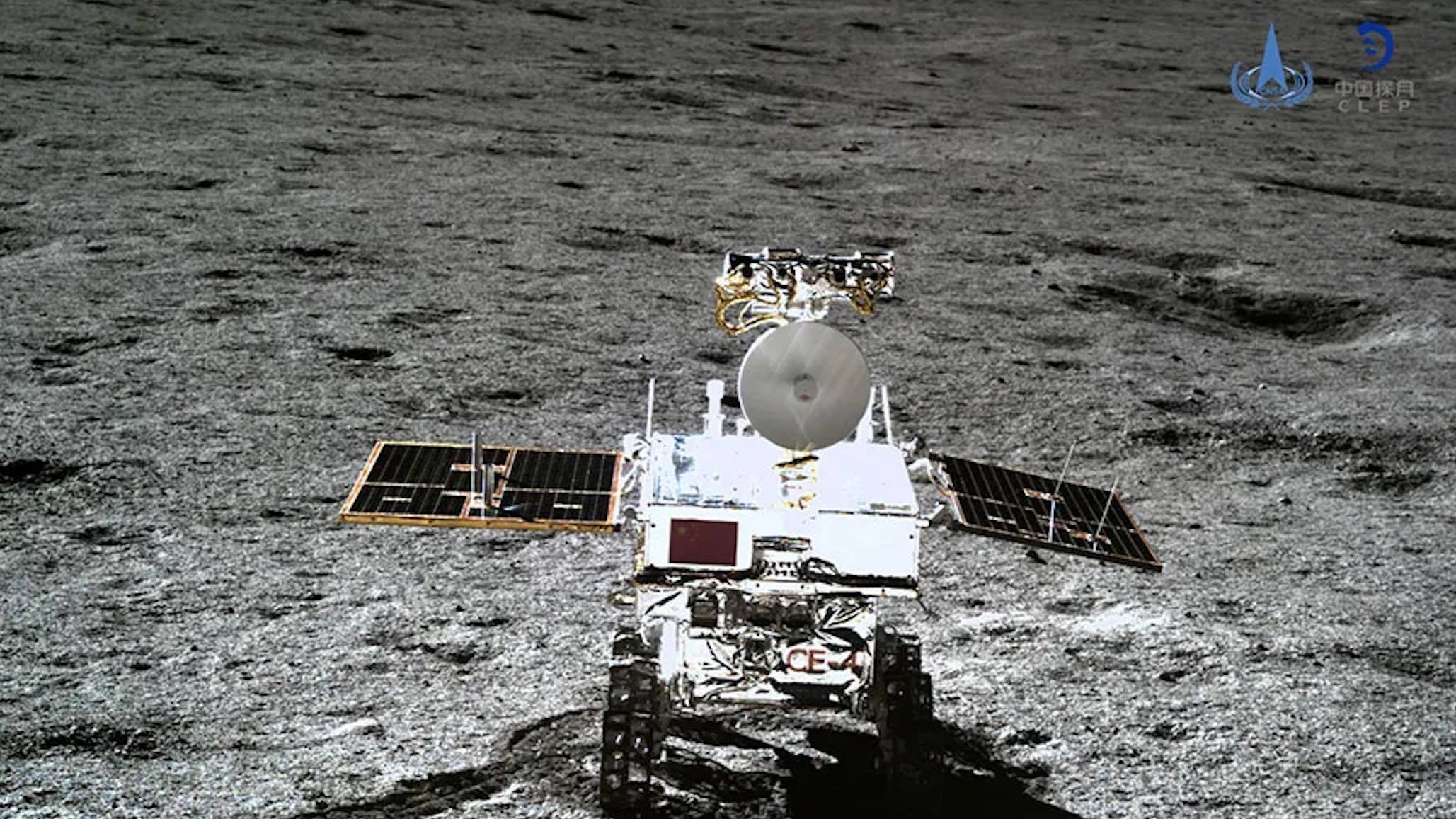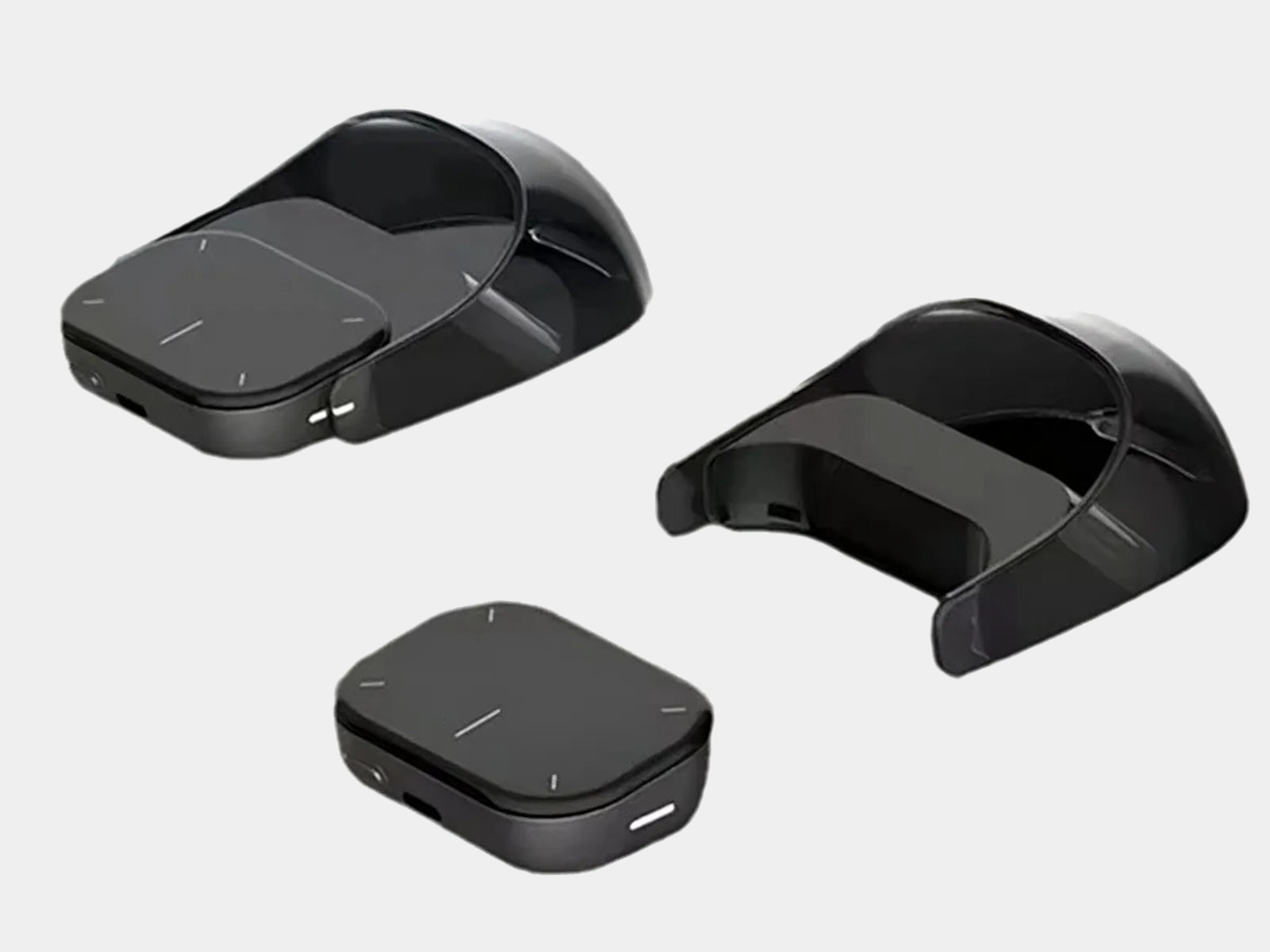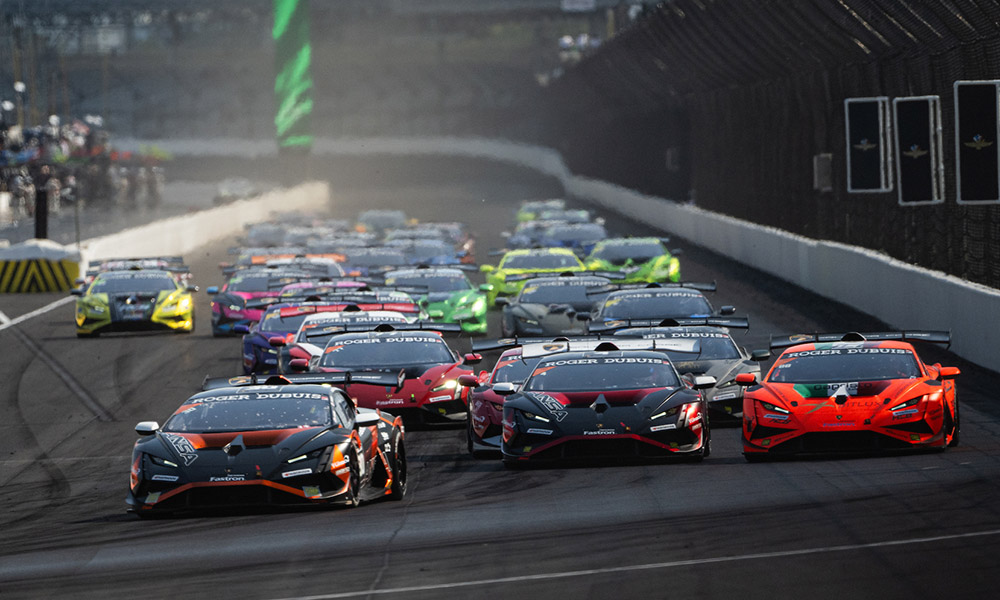Why the Nissan Kicks Has a ‘B’ Gear Even Though It’s Not a Hybrid or EV
The "B" gear is a common feature of electrified vehicles, but in the Nissan Kicks, it functions more like something cars have had for decades. The post Why the Nissan Kicks Has a ‘B’ Gear Even Though It’s Not a Hybrid or EV appeared first on The Drive.
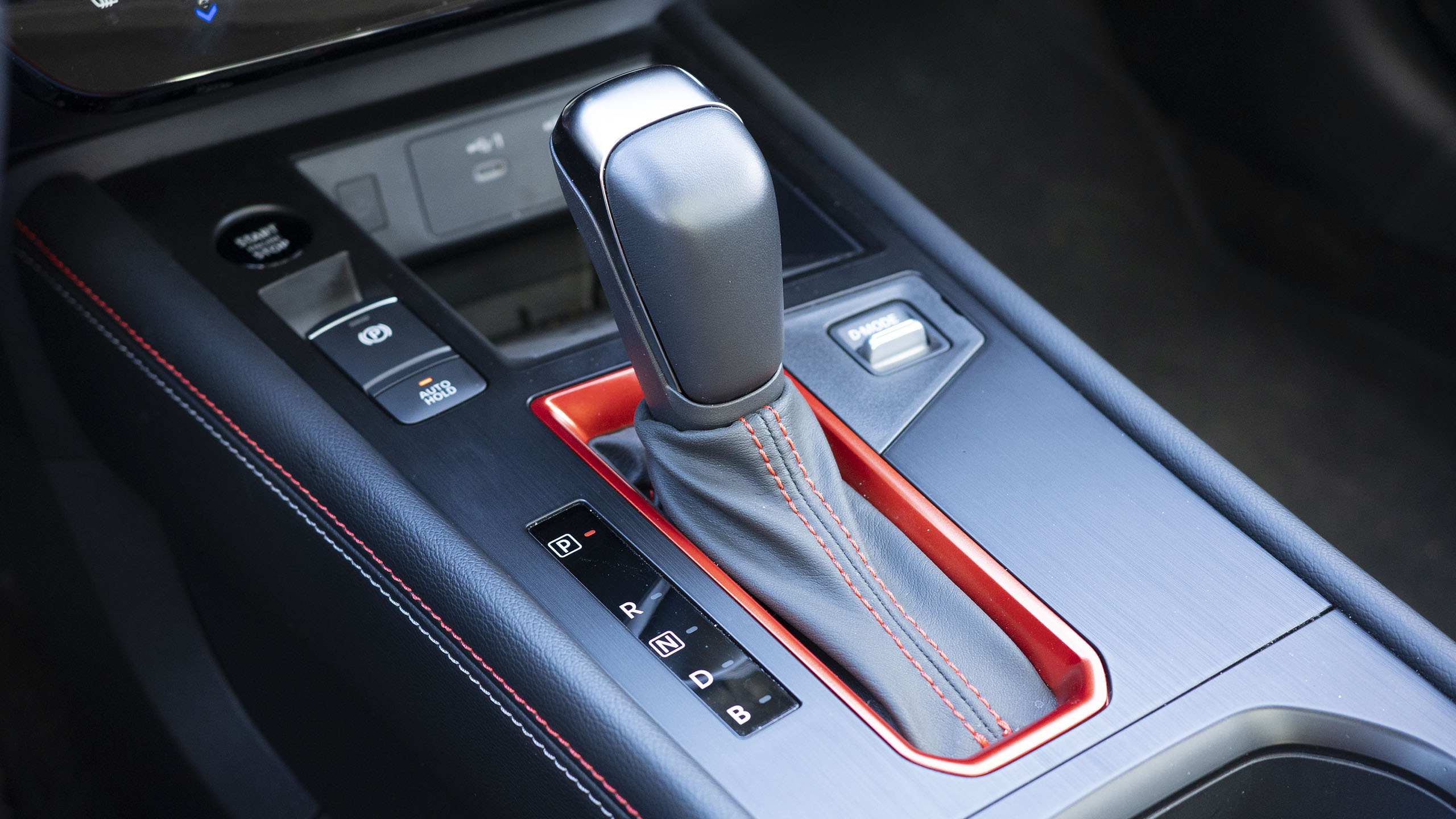
I recently finished a week of driving the new Nissan Kicks. It’s a totally agreeable cheap and small crossover, and my review of it should be out soon. But I noticed something odd about the car that is probably best to share outside of the context of a formal assessment, mostly because it doesn’t make the car good or bad—it’s just strange.
The Kicks’ powertrain comprises a two-liter four-cylinder and Nissan’s Xtronic Continuously Variable Transmission. Altogether, the combo sends 141 horsepower and 140 lb-ft of torque to the wheels, and it’s adequate, if a bit wheezy, for a car like this. There are no electric motors anywhere in the chain, which is why I was surprised to discover a “B” gear replacing the typical low-gear “L” mode along the PRNDL shifter. The “B” stands for “Brake,” and here’s how Nissan explains it in the vehicle’s owner’s manual:

That reads pretty clearly, and sounds intended for the same kinds of situations that would historically suit the “L” gear in a passenger car with an automatic transmission. The idea is to remain high in the rev range in lower gears, which limits speed cruising downhill and also gives you the torque needed to climb uphill.
I suspect that in the Kicks’ case, “L” was renamed “B” for a few reasons. Technically, you’re not selecting a lower gear because CVTs don’t have gears (well, most of them anyway); rather, the “B” mode effectively simulates a low gear ratio, allowing for engine braking when off throttle. This may burn more fuel but, at least when cruising downhill, should keep you from riding that brake pedal. Additionally, Nissan might’ve settled on the “B” name to create surface-level consistency with its EVs, which have similarly laid-out shifters. The trouble with that is, in an electrified vehicle, the “B” setting usually means something quite different.
Take an EV like Nissan’s own Leaf; there, that “B” gear is effectively a high-regen mode. It’s forcing the kinetic energy of slowing down back through the motors into the batteries, which also has the effect of bringing you to a stop quickly without touching the brake pedal. This is how EVs achieve their one-pedal driving behavior. And unlike in the case of the ICE-only Kicks, Nissan doesn’t forbid using the “B” mode on flat roads in the Leaf’s manual. Rather, it simply states that the setting “engages the regenerative braking system more aggressively on downhill slopes,” more so than in the standard “D” mode.


Now, the Toyota Prius has also had a “B” gear for a very long time—it happens to be described identically in the manuals of 2015 and 2024 model-year cars. For the Prius, Toyota says “B” is for “applying engine braking or strong braking when the accelerator pedal has been released on steep downward slopes etc.” The manufacturer makes no mention of this gear impacting regen, even though regenerative braking is something hybrids have been doing for ages. According to Toyota, if you want the best fuel economy in one of its conventional hybrids, you should stick to “D” mode.
This made me curious what the purpose of the “B” gear is in one of Toyota’s electrified vehicles with a less traditional powertrain, like the RAV4 Plug-In Hybrid. Surprise—that car has no “B” setting on its shifter. It’s been replaced with “S,” which allows the driver to select from “six levels of accelerating force and engine braking force.” It’s basically your typical fake manual mode, which could nonetheless be useful during dramatic elevation changes, just like the “B” modes in non-EVs.
All this is to say that if you’ve ever wondered what the “B” gear does in your car, well—it depends on the car you have. In the case of the Kicks, which burns only fuel to move, “B” definitely isn’t for standard driving on flat ground. It’ll cause the engine to rev high unnecessarily, making it noisy and inefficient, and while the vehicle will slow down a little more sharply when off-throttle compared to coasting in “D,” it’s certainly nothing like the one-pedal experience of EVs. With all the different kinds of powertrains in modern cars, the best way to understand yours is, as ever, to read the owner’s manual.

Got tips? Send ’em to tips@thedrive.com
The post Why the Nissan Kicks Has a ‘B’ Gear Even Though It’s Not a Hybrid or EV appeared first on The Drive.





